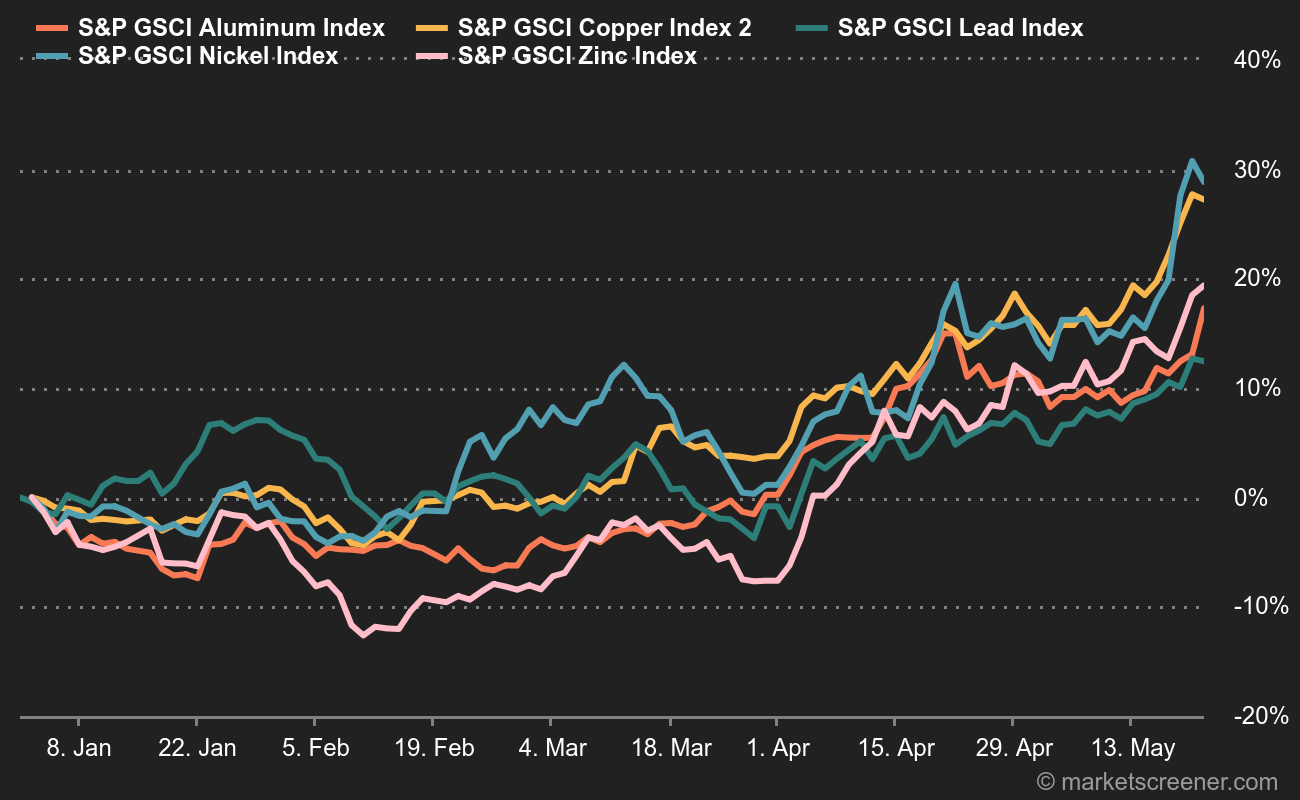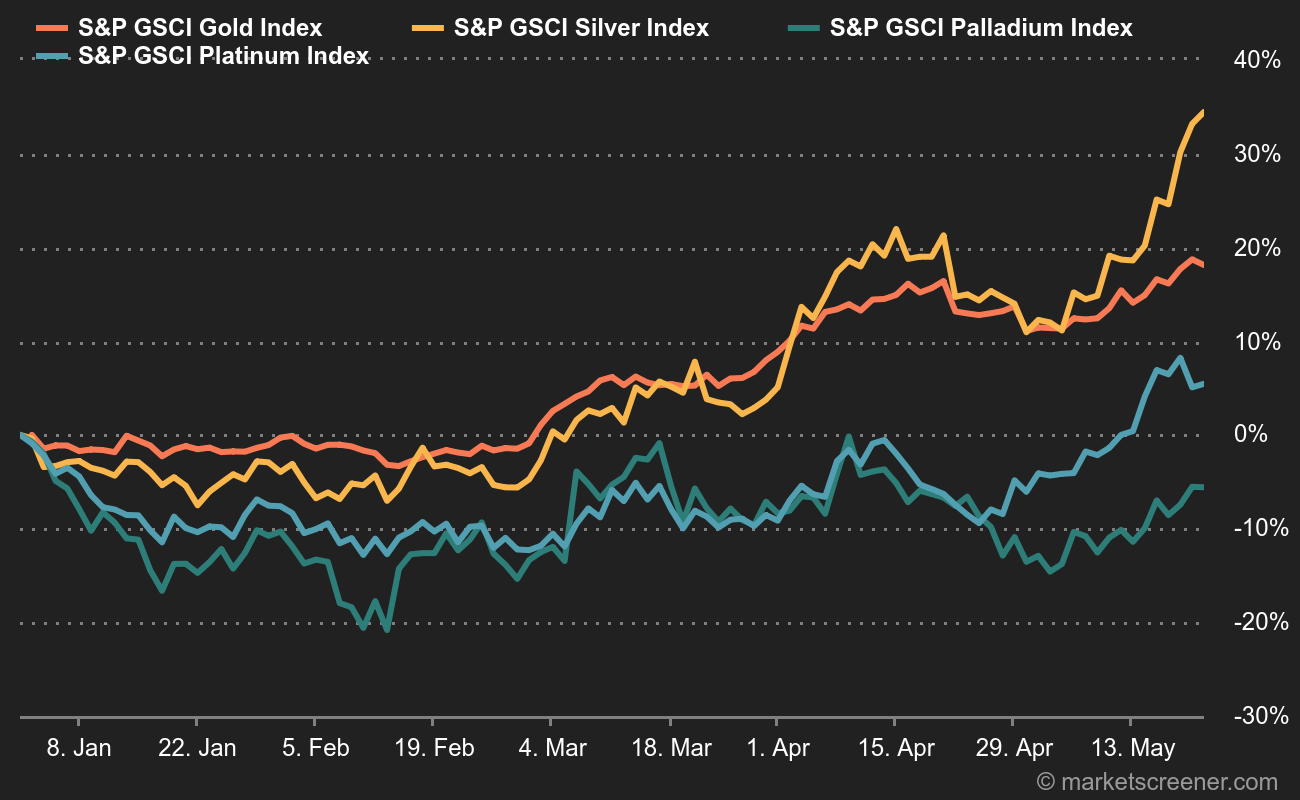Three-month copper on the London Metal Exchange (LME) was down almost 1% at USD 9,493 per tonne this morning, while the most heavily traded copper contract on the Shanghai Futures Exchange (SHFE) gave up 0.2% at 76,930 yuan (USD 10,627.75) per tonne. The dollar hit a five-month high after higher-than-expected US retail sales figures raised questions as to when the US Federal Reserve might start cutting interest rates. It's mechanical: a stronger dollar makes metals quoted in greenbacks more expensive for holders of other currencies.
More mixed data from Beijing
In China, although the economy grew faster than expected in the first quarter, a series of March indicators, including property investment and industrial production, showed that domestic demand remained fragile and slowed the overall momentum.
"The market is focusing more on the misses in March industrial production and retail sales, as well as the decline in housing sales," said Sandeep Daga, director of metals analysis firm Metal Intelligence Centre.
"The bulls have gotten ahead of themselves. There's no sign of a recovery. They have worked too hard against dollar strength and the lackluster physical market, and relied heavily on the one-month purchasing managers' index. Disappointment will follow", says the specialist. Data released earlier this month showed that manufacturing data was better than expected in March, which partially encouraged the bull market in metals to push copper prices to their highest level in almost two years.

LME aluminum fell 0.6% to USD 2,539.50 per tonne. Zinc fell by 1.5% to USD 2,732 and nickel by 0.6% to USD 17,740. Lead and tin were slightly up at USD 2,189 and USD 32,275 respectively. Declines were more pronounced in Shanghai for aluminum, nickel and zinc.
Precious metals: silver still leads the way
In precious metals, silver continues to dominate, with a rise of over 20% since January 1, while gold has gained around 15%. Platinum and palladium, on the other hand, are on the decline.


 By
By 
















